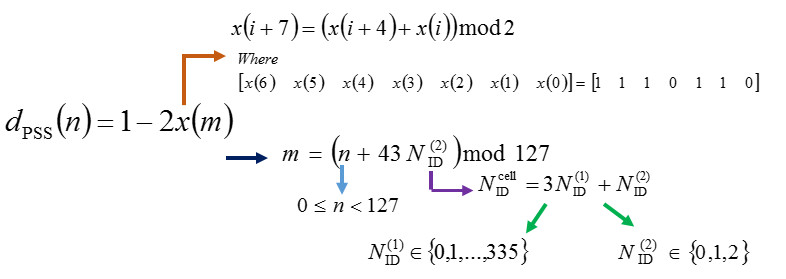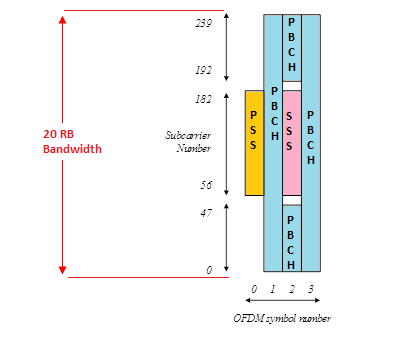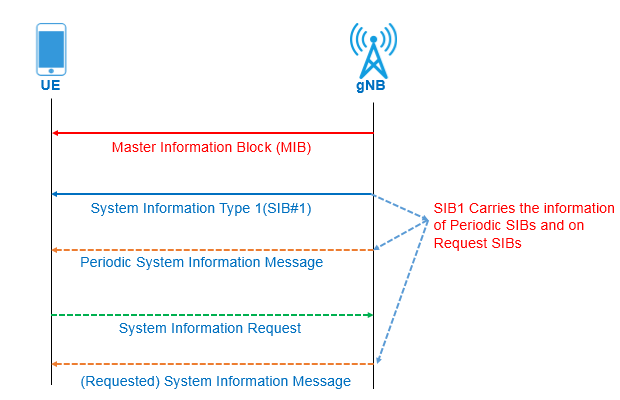NR-Primary Synchronization Signal (PSS)
NR-Primary Synchronization Signal (PSS)
5G-NR Primary Synchronization Signal (PSS) is Physical Layer specific signal and help UE to get Radio Frame Boundary. It is type of an m-Sequence which is a special type of LFSR (Linear Feedback Shift Register) sequence provides the longest non-repeating sequence.
NR-PSS has following characteristics
- NR-PSS a m-Sequence made up of 127 Values
- PSS is mapped to 127 active sub carriers around the lower end of the system bandwidth
- It is used by UE for Downlink Frame Synchronization and provides Radio Frame Boundary i.e. Position of 1st Symbol in a Radio frame
- It is a critical factors determining Physical Layer Cell ID and provides N (2) ID value for calculation
PSS Sequence Generation:
As per the 3GPP TS 38.211 PSS Sequence is represented by d PSS (n) and it is determined by N (2) ID. It can be generated using following equation.

Following depiction explains it’s each field which help to determines the sequence

NR PSS and LTE PSS Comparison:
While comparing the NR PSS sequence with LTE PSS sequence, the major difference is the type of sequence used for generation. LTE PSS is use Zadoff-Chu sequence while NR PSS use m-Sequence. Below is the comparison for both NR PSS and LTE PSS generation equation.

Another difference is the LTE PSS is mapped to center 72 sub-carriers whereas NR PSS is mapped to 127 active sub-carriers.




